FEATURED STORY Do not sacrifice Congo’s rainforests to the oil industry!
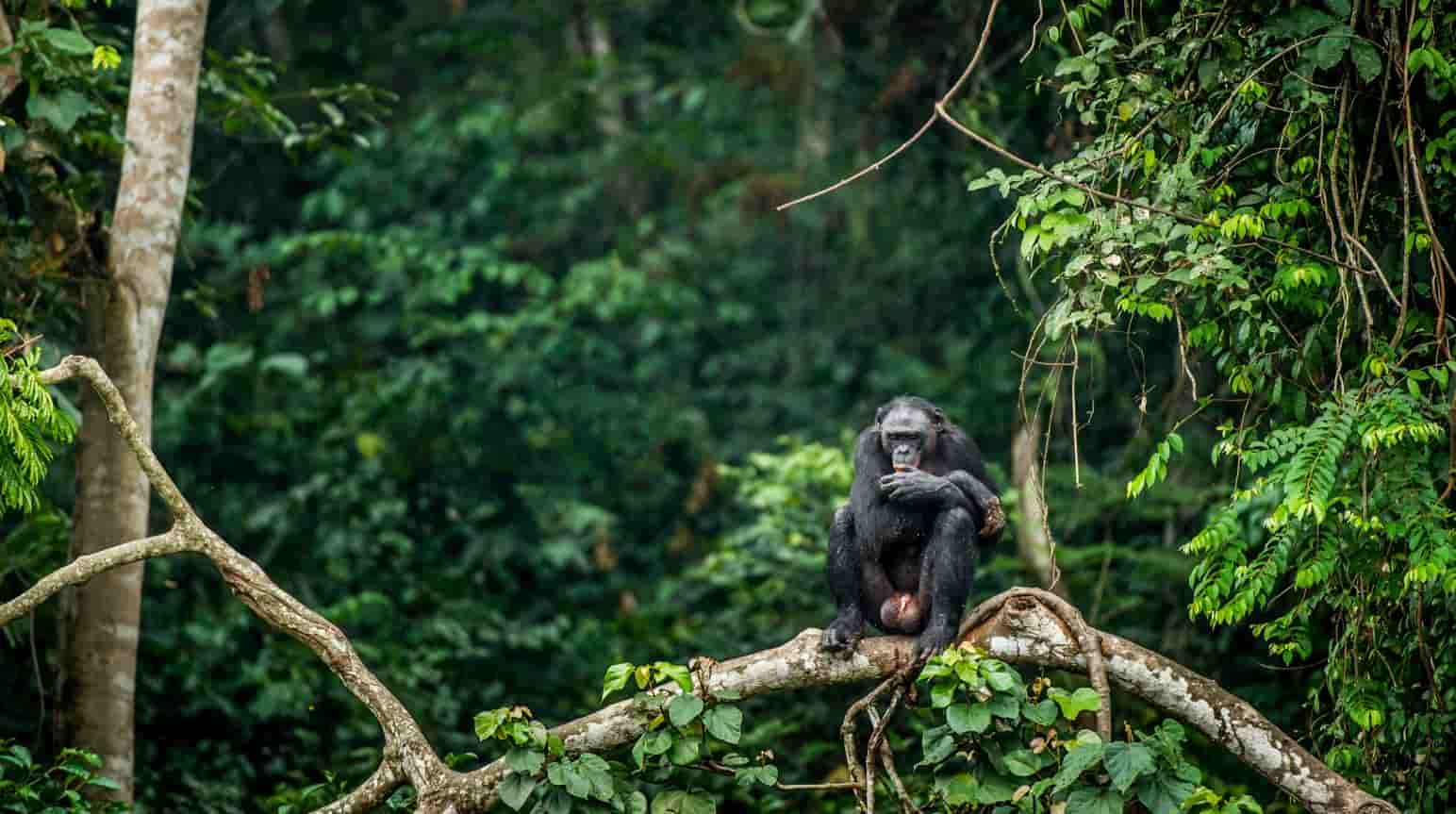
CONGO – The rainforests of the Congo Basin are home to millions of people and countless animal and plant species, including three great apes: chimpanzees, bonobos and gorillas. They are a treasure trove of biodiversity and crucial to the fight against climate change. Despite this, the government of the Democratic Republic of Congo (DRC) plans to auction 16 oil blocks in late July. The blocks cover some of the last remaining intact forests on earth that are home to thousands of local and indigenous communities. Three of them overlap the Cuvette Centrale peatlands, one of the world’s largest carbon sinks estimated to store 30 billion tons of carbon, the equivalent to one years’ worth of global emissions. Nine oil blocks overlap protected areas. More than half of the Congo Basin’s peatlands and 60 percent of its rainforest are in the DRC, the country plays a key role in the fight against the climate crisis. The science is clear: the governments of the world must cut carbon emissions in half within the next eight years. The oil plan not only undermines global efforts and threatens the Paris Agreement’s goal of limiting global warming. It also threaten the livelihoods of thousands of local, mostly indigenous communities. READ MORE GLOBAL
LAST WEEK FOR SUBMISSIONS!
Mangrove Photography Awards 2022
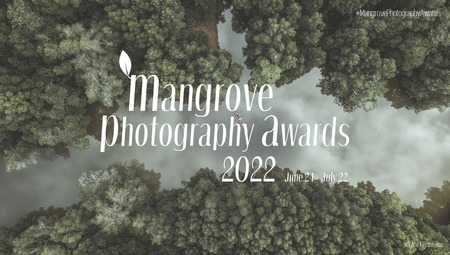
GLOBAL – The Mangrove Photography Awards 2022 is open for entries and we wanted to invite you to enter your favourite mangrove images to help shine a light on our world’s mangrove forests.Click here for more information and to submit photos.There are some great prizes to be won, including $500 for the overall Mangrove Photographer of the Year, exciting new judges to view your work, and we’re aiming to make this years’ the most impactful yet! Your contribution to mangroves through the power of imagery will be celebrated on 26th July, World Mangrove Day, when we will showcase everyone’s entries as an online mangrove exhibition. Contact leo@mangroveactionproject.org
Climate change in oceanwater may impact mangrove dispersal, study finds
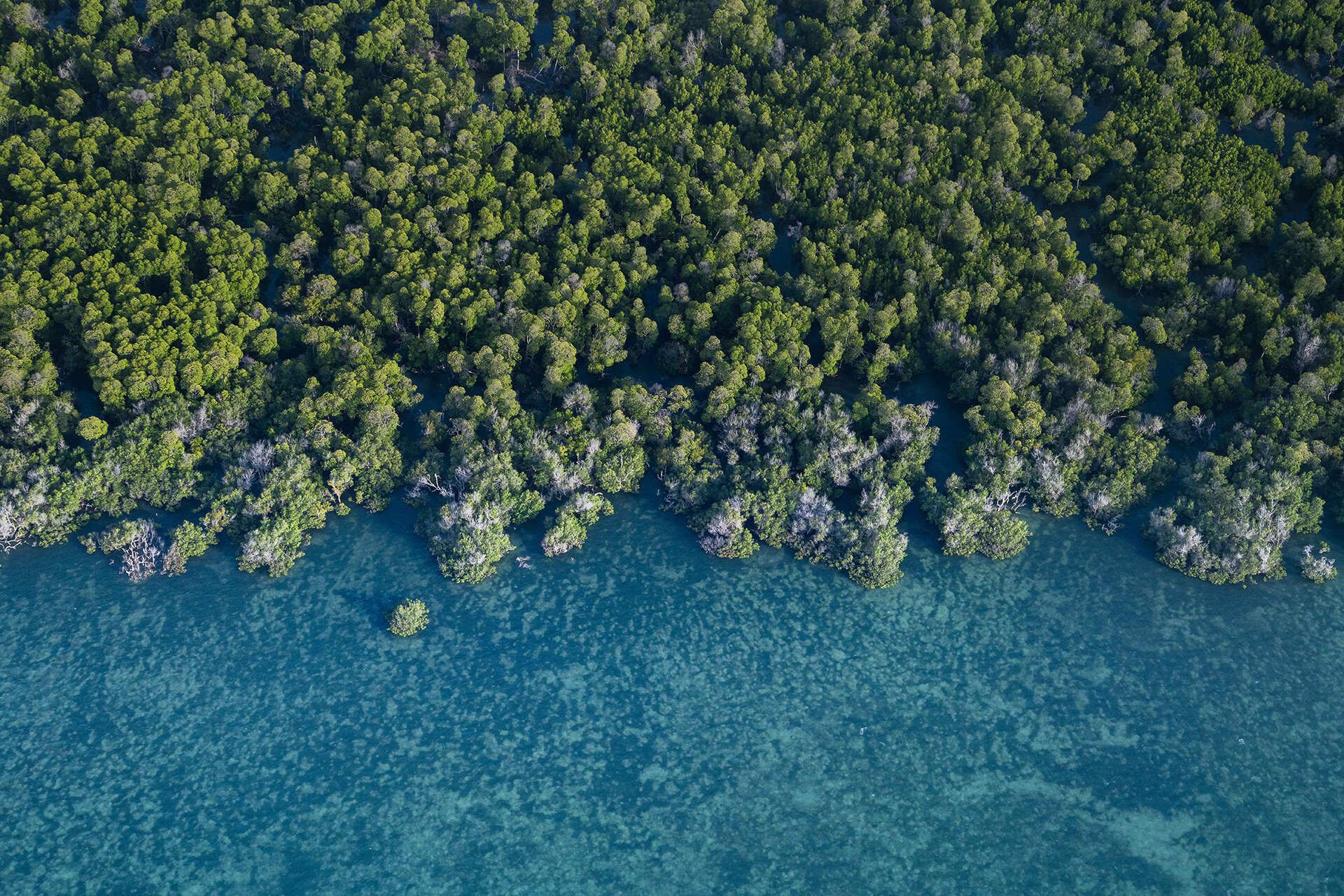
GLOBAL – International research led by Dr. Tom Van der Stocken of the VUB Biology Department examined 21st century changes in ocean-surface temperature, salinity, and density, across mangrove forests worldwide. The study suggests that changes in surface-ocean density may impact the dispersal patterns of widely distributed mangroves species, and more likely so in the Indo-West Pacific region, the primary hotspot of mangrove diversity. The study is published in Nature Climate Change. Climate change affects sea-surface density via changes in temperature and salinity. Since propagules of widely distributed mangroves species have densities near that of seawater, changes in ocean density hold implications for oceanic dispersal of mangroves. Whether mangrove propagules float or sink depends on the difference between the densities of the propagules and that of the surrounding water.” says Tom Van der Stocken, Marie Sk?odowska-Curie Postdoctoral Scholar at Vrije Universiteit Brussel, and research affiliate at the NASA Jet Propulsion Laboratory. “It is expected that warming winter temperatures and sea level rise will impact the distribution of these carbon-rich forests, but changes in surface-ocean properties might also influence distributional patterns through dispersal. READ MORE How much is a mangrove forest worth? In some places, $850,000 per hectare.

GLOBAL – While proponents of environmental restoration often talk about ecological benefits, people controlling the purse strings think in dollars and cents. So what happens when conservationists use the cold calculus of money to decide whether a costly project makes sense? For mangrove forests and coral reefs in the Caribbean, new research suggests that in many cases the work pays off. The results point to ways that underfunded environmental projects could get a boost by tapping into the much bigger pool of money available for recovery from natural disasters such as hurricanes. “Recovery funding will grow as climate change increases the impacts from storms, and environmental funding will likely shrink as national budgets are strained by natural disasters,” said Michael Beck, a researcher at the University of California, Santa Cruz, who led the work. “Funding for artificial infrastructure such as seawalls can be redirected to natural defenses, which provide multiple benefits beyond coastal protection.” READ MORE AFRICA A Mangrove Project is the Star of Kenya’s Gazi Bay

KENYA – The forest located in the South of the country is a blue carbon ecosystem. Meaning that it captures and stores huge amounts of carbon. Local residents manage two hundred ninety 290 acres of forest to earn a living. Some like Juma belong to the Mikiko Pamoja group. The collective, which means ‘mangrove together’ in Swahili plants seedlings. The work earns them ‘carbon credits’ which are awarded for each ton of greenhouse gas emissions removed from the atmosphere. Selling these credits on has earned them 3 million Kenyan shillings (around 25,500 US dollars) this year. The sum helps them cover their needs. “We have benefited through water projects and therefore we don’t have to travel long distances in search of water anymore, member Juma tells. We now have fresh water taps in our houses for which we pay lower charges that cater for the electricity cost only.” The positive impact of the work has inspired a growing number of residents. The project receives technical support from Kenya Marine and Research Institute. Kenya’s mangrove cover dropped from 60,000 hectares in 2017 to 52,800 hectares in 2021. But through government and community work, the habitat is recovering. Research has shown that coastal ecosystems store more carbon than terrestrial forests. The Mikiko Pamoja group plant 4,000 trees annually. Mangroves account for 10% of Kenya’s total forest cover. READ MORE A closer look at Gambia’s mangrove oyster sector
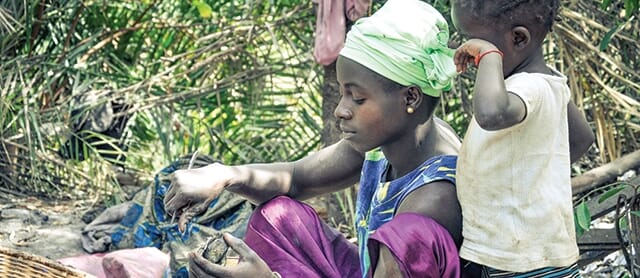
GAMBIA – Spurred by strong local demand, oyster production in The Gambia offers economic opportunity and social benefits, especially for women, according to an analysis presented on 29 June to experts and stakeholders, who discussed ways to reverse declining oyster stocks while improving safety and reducing the sector’s carbon footprint. “Mangrove oysters are a small-scale, artisanal sector with great value for the food security and livelihoods of women producers in our country,” said Musa Drammeh, Minister of Fisheries, Water Resources and National Assembly Matters at an event where the findings of an analysis of Gambia’s oyster value chain were presented. He added: “To ensure that future generations can also reap the benefits we need to make oysters stocks sustainable, improve safety and lessen the impact on the environment.” READ MORE AMERICAS The East-West Arterial Extension not looking good for Central Mangrove Wetland

Cayman Islands – The Central Mangrove wetland is currently under threat still by the EW arterial extension plan. The plan will be to cut about 10 miles through the wetland and remove many of wetland which is currently untouched, and extend through to woodland drive and then to north side. This stretch of road poses a direct threat to the Central Mangrove Wetlands. “The current proposed route would also result in the fragmentation of the wetlands, compounding the environmental threat to this critical habitat, which is already under threat from encroaching residential development”. (quoted from CAYMAN NEWS SERVICE). An EIA (enviormental impact assessment) is to be carried out before any commencement on the arterial. It is our responsibility to the
environment to urge our leaders to take another approach which will not damage the biological reliability of our island. You all can help to do your part by speaking to someone you know in power, or sharing this crucial information online and to people you’re associated with. READ MORE The High Price of Cheap Shrimp
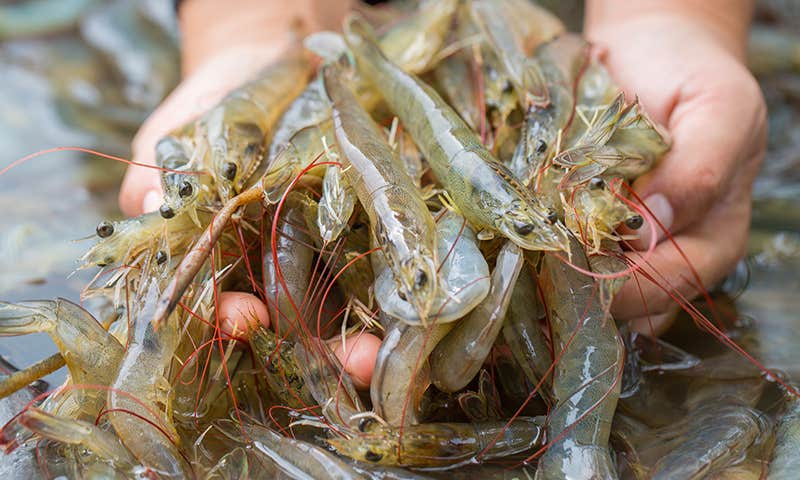
ECUADOR – Cristhian Castro sinks knee-deep into grayish mud. The endless tangle of aerial roots around him makes mangrove trees look as if they are standing on legs, ready to run off at any moment. Castro, 39, has been navigating this muddy maze in Ecuador’s Guayas River estuary six days a week for more than 25 years, hunting for delicious treasures. He is a cangrejero—artisanal crab catcher—and a fisherman, just like his father, and his father’s father. “We, the people who are here, living by the riverbanks, in the mangroves, we have a great love for nature,” says Castro. “Nature here has allowed us to dress and feed ourselves, and even that our children can study.” Castro is the president of the Puerto Envidia Association of Crabbers and Fishermen, and his group, along with other artisanal fishing associations, is increasingly at the forefront of the fight to protect the estuary’s ecosystem. Spilling across approximately 4,600 square miles, the Guayas River estuary is the largest on the Pacific coast of South America. Its network contains 23 tributaries, dozens of small islands, tidal flats, and around 60,800 hectares of mangrove forests that jut into the Gulf of Guayaquil. The city of Guayaquil, with almost 2.7 million inhabitants, sits at the estuary’s upper part, where the Daule and the Babahoyo rivers meet to form the Guayas. READ MORE For love of mangroves, Florida man hauls 10 tons of trash from Keys
/cloudfront-us-east-2.images.arcpublishing.com/reuters/JMYGWAI3URKRDPYY634V2FZ7MI.jpg)
USA – After years of watching trash build up in mangroves on the Florida Keys off his native Miami, Andrew Otazo began hauling out garbage to raise awareness about an ecosystem he has been enjoying since he was a teenager. The public relations professional and self-described “amateur mangrove trash collector” has over the past five years removed over 10 tons (20,000 pounds) of waste from barrier islands including Key Biscayne and from the surrounding waters. “As I got older and I learned more about the importance of the mangroves as a keystone ecosystem, I realized how much damage it was doing to local wildlife,” said Otazo, 35, in an interview in Key Biscayne, where he now lives. Otazo acknowledges that stomping through mangroves and carrying bags of fetid trash on his back is not a long term solution to the problem – but says his work has gotten the attention of Miami residents and local politicians. The trash primarily comes from litter thrown onto streets in the Miami area that washes into storm drains and ends up floating into Biscayne Bay, says Otazo. READ MORE ASIA ‘White gold’: why shrimp aquaculture is a solution that caused a huge problem
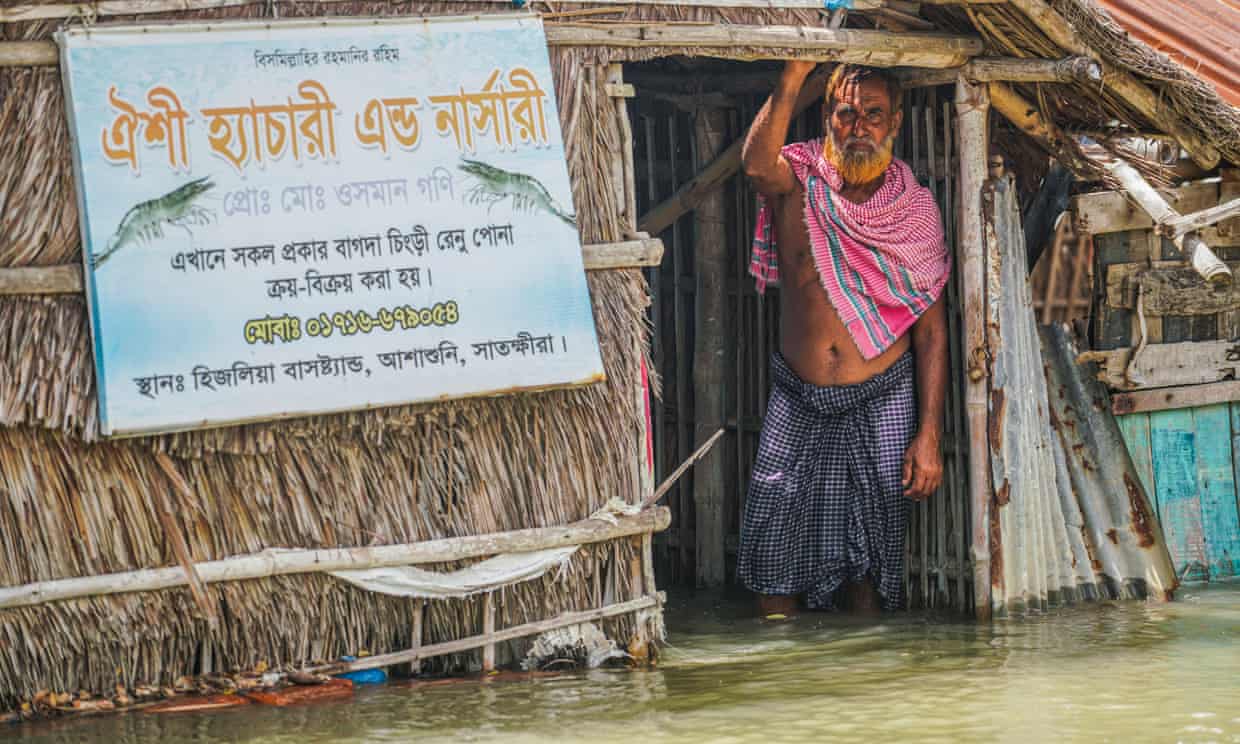
BANGLADESH – Backed by the Bangladeshi government, which saw tiger prawns, or shrimp as they are generally known, as a lucrative export opportunity, and development organisations that heralded the transition from paddy to pond as a clever climate-change adaptation, more than 275,000 hectares (680,000 acres) have been flooded, mostly in the south-west, for intensive aquaculture. If farmers could not keep seawater from poisoning their fields, they could use it to grow something else. It was a way to adapt, and for a while it worked. Commercial prawns, known as “white gold”, became one of Bangladesh’s most valuable exports. However, the trade-off for a few years of income has been decades of environmental degradation and sometimes violent conflict, showing how some adaptations can make people more, not less, vulnerable. READ MORE OCEANA Scientists discover an extra 76,000 hectares of mangroves
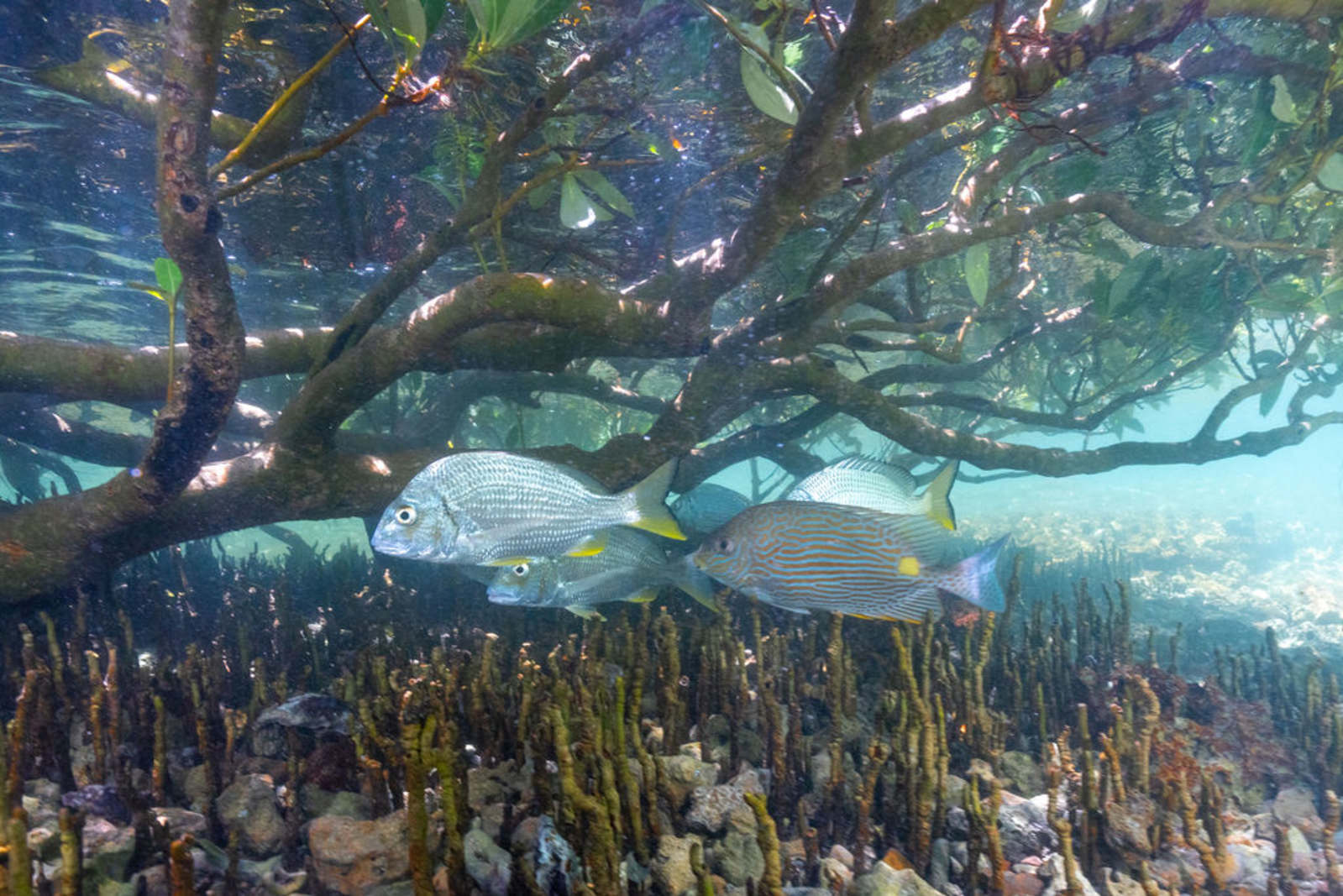
AUSTRALIA – Mangrove forests are important carbon stores and nurseries for marine species and cover a thin strip of coastline in the north-west of Australia, stretching some 4000 kilometres from Shark Bay to around the top of the Kimberley. But despite the advent of satellite technology, the full extent of the remote and hard to access ecosystems has been underestimated for a myriad of reasons including massive 10-metre tides obscuring tree tops in places like the King Sound at the top of Western Australia. The low density of mangroves on the arid Pilbara coast, which has fewer plant species than the Kimberley and trees that do not grow as tall, has also made it difficult to differentiate from other habitats using satellite imagery. A new research paper in the journal Remote Sensing has revealed a 32 per cent increase on previous global datasets for mangrove coverage in WA, taking the total up to 276,538 hectares. READ MORE
Like this newsletter?
 Pease consider donating to MAP to keep it going.
Giving could never be easier  *Articles in this newsletter may mention practices being used and/or show exagerated results being claimed without proof. Stories are presented here in effort to show mangrove related activity around the world and do not necessarily reflect Mangrove Action Project’s views or mangrove restoration best-practices. | ACTION ALERTS Do not sacrifice Congo’s rainforests to the oil industry! TAKE ACTION Please see the survey questionnaire we at MAP put together to discover where the shrimp industry is still having major adverse effects on mangroves and local communities.
TAKE THE SURVEY Stop the Dredging – 6.7 million cubic meters of sand from the Addu atoll basin will destroy nature, biodiversity and the natural defences and resilience of this UNESCO Biosphere Reserve. SIGN THE PETITION Keep fossil fuels out of Bangladesh for the health and wellbeing of the local communities, the beautiful regional beaches and forests, the Bangladeshi economy, and our shared climate. SIGN PETITION Stop this total madness Stop the biggest heated oil pipeline in the world — right through the heart of Africa!
CLICK HERE
Like this newsletter? Pease consider donating to MAP to keep it going. Giving could never be easier 
MAP Website en Español
haga clic aqui ARTWORK SUBMISSIONS DEADLINE EXTENDED AUGUST 31st
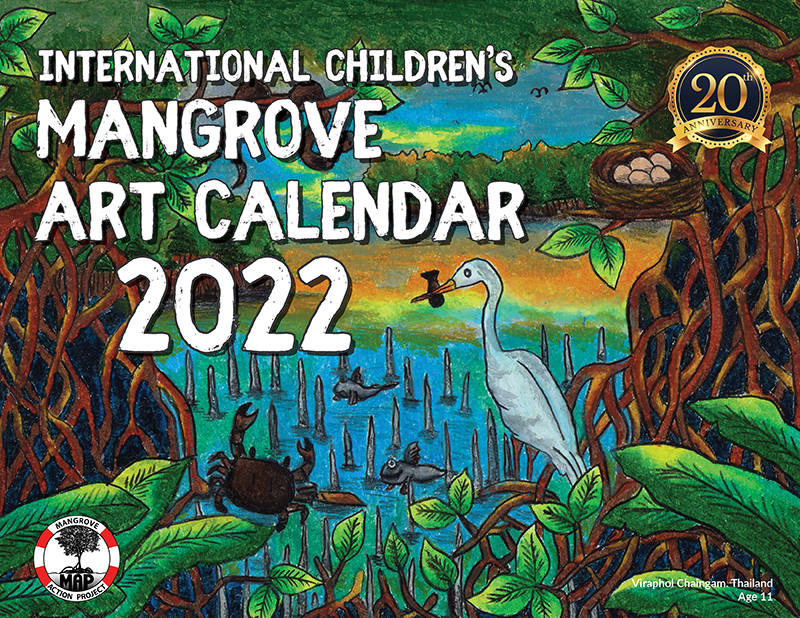
13 Year old Linda Li “Mangrove Adventure” from Kid Dream Art School

WATCH NOW 
Restoring The Natural Mangrove Forest
Watch movie

Community Based Ecological Mangrove Restoration in Rufiji Delta VIEW VIDEO
Video: Mangroves for the Future
View Here WANT TO GET INVOLVED?
Follow and Join MAP!    
Like this newsletter? Pease consider donating to MAP to keep it going. Giving could never be easier 

Interested in connecting or working with MAP? Check out our opportunities here 
MANGROVE ISSUES Want to learn more about mangroves?
Our short presentation will give you a better understanding of the issues we are working to solve. WATCH PRESENTATION What is CBEMR? Download MAP’s 2 page CBEMR Information Sheet containing links to all MAP’s CBEMR resources – CLICK HERE View MAP’s uploaded Videos at
MAP Video Gallery Question Your Shrimp Consumer/Markets Campaign!
WATCH VIDEO Mangroves: Guidebook to Malaysia – Click Here SHARE MAP’S VISION
CLICK HERE to watch short introductory video. Together we can work “at the roots of the sea”. Our short documentary, Reducing the Risk of Disaster through Nature-Based Solutions : Mangroves 
NASA Study Maps the Roots of Global Mangrove Loss
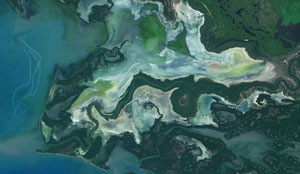
Marvellous Mangroves Curriculum The Marvellous Mangroves Curriculum begins with a simple philosophy – getting future generations to not only learn about, but understand the importance of mangrove forests. VISIT 
The award-winning Marvellous Mangroves (MM) curriculum educates children on the importance of mangroves and their ecological functions, teaching them about modern challenges and mechanisms for sustainability. VIEW VIDEO Marvellous Mangroves Curriculum in Bangladesh – WATCH VIDEO
MARVELLOUS MANGROVES IN BRAZIL
En Portuges 
Marvellous Mangroves – A Curriculum-Based Teachers Guide.
Like this newsletter? Pease consider donating to MAP to keep it going. Giving could never be easier 
“Question Your Shrimp” Campaign Question Your Shrimp – is it really sustainable? Sign the Petition
Note to Our Readers: We strive to keep active links in our newsletter. However, due to circumstances beyond our control, occasionally links to stories may become broken. If you find a link to a story is not functioning, please cut and paste the headline into your browser search bar. In most cases you should be able to locate the original story.
Not yet a MAP News subscriber?
Click here to subscribe. 
*Articles in this newsletter may mention practices being used and/or show exagerated results being claimed without proof. Stories are presented here in effort to show mangrove related activity around the world and do not necessarily reflect Mangrove Action Project’s views or mangrove restoration best-practices.
|









/cloudfront-us-east-2.images.arcpublishing.com/reuters/JMYGWAI3URKRDPYY634V2FZ7MI.jpg)

















